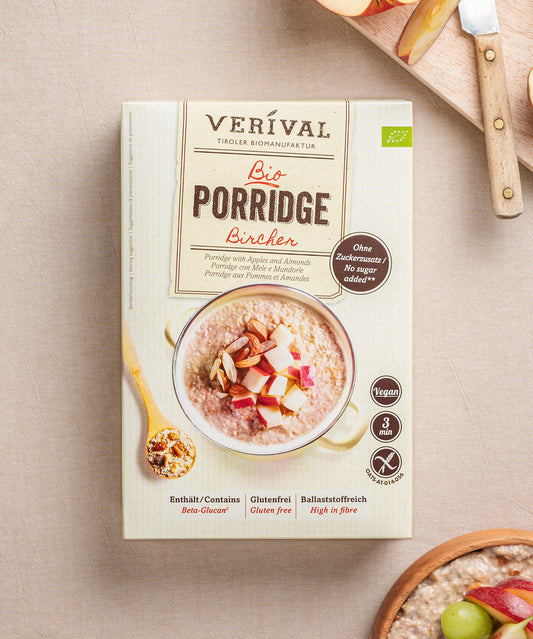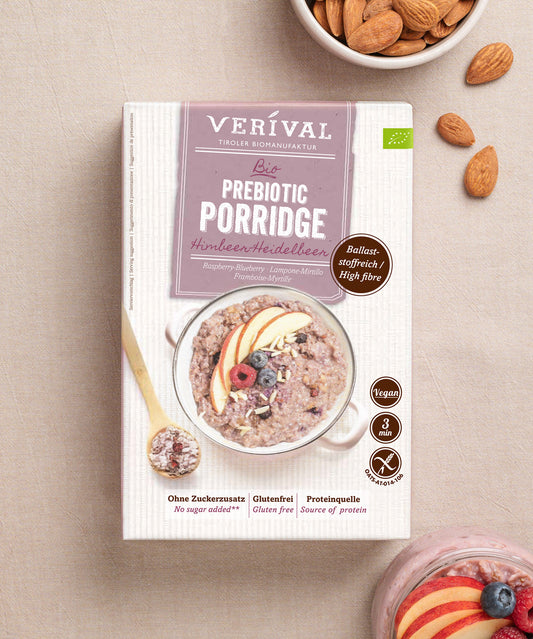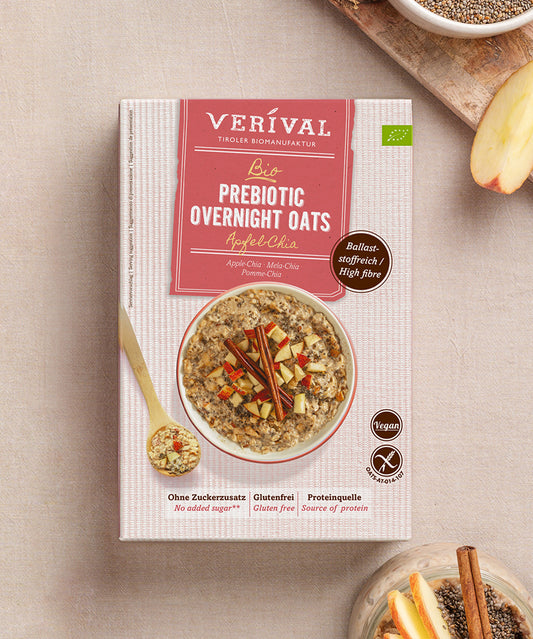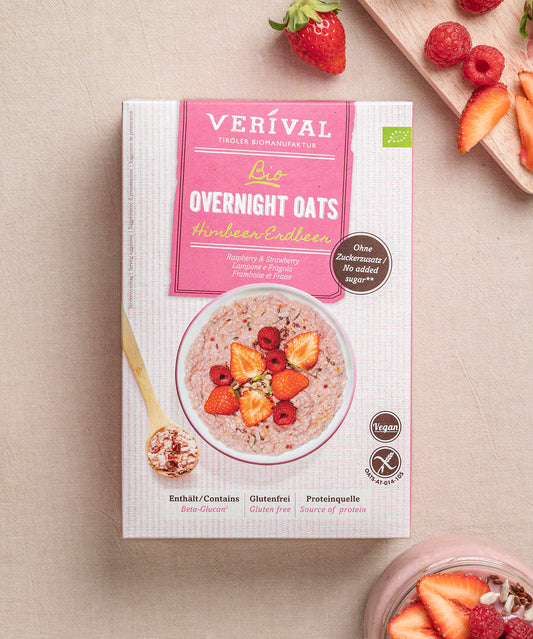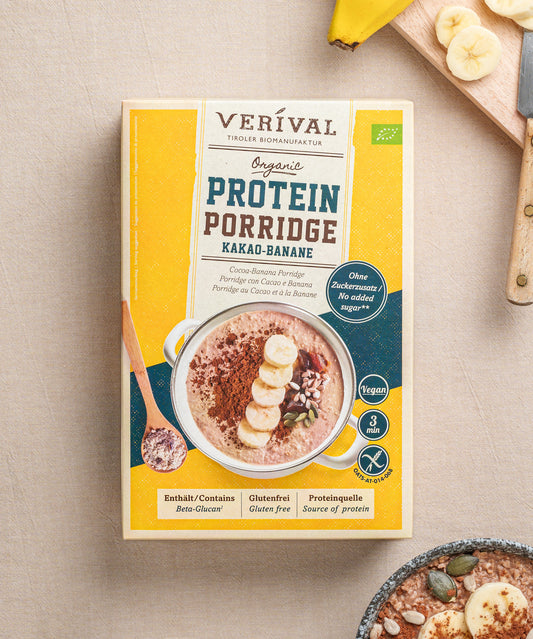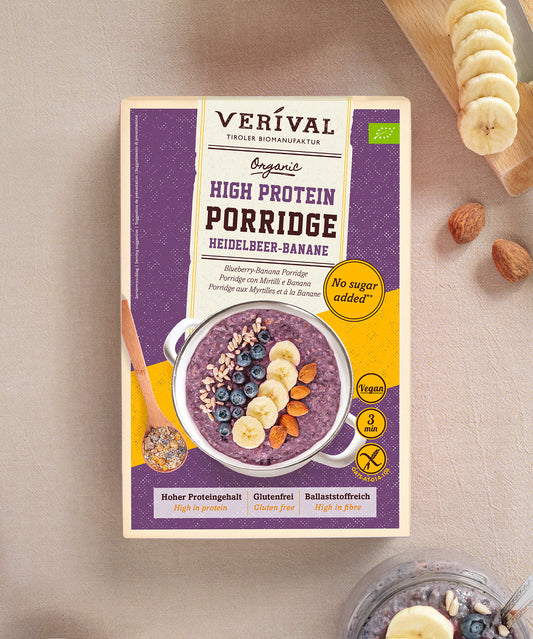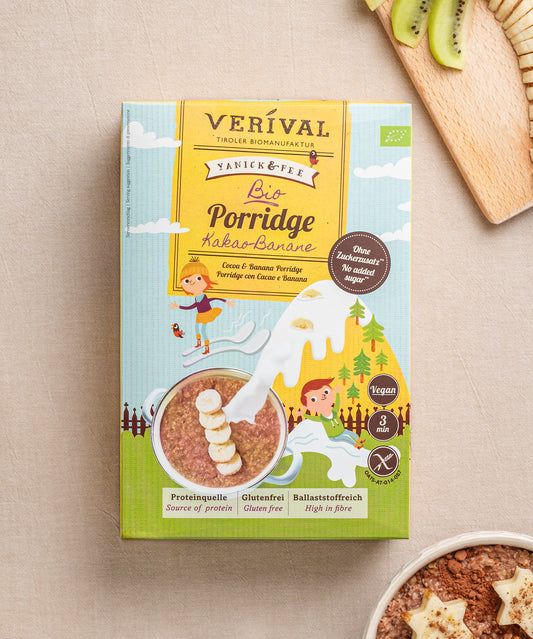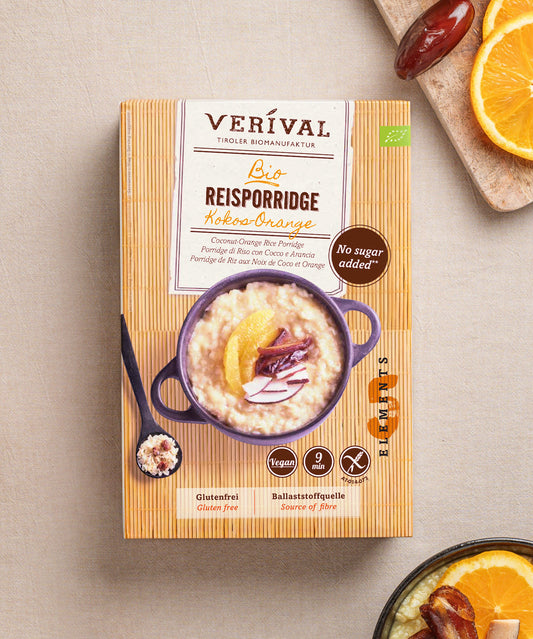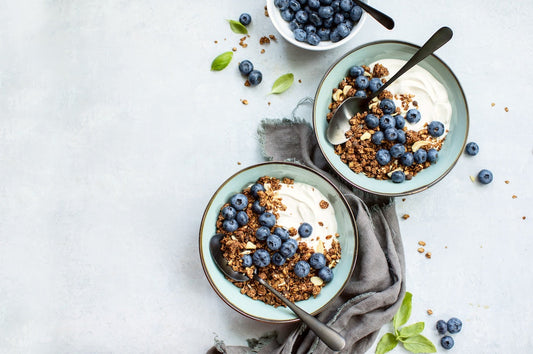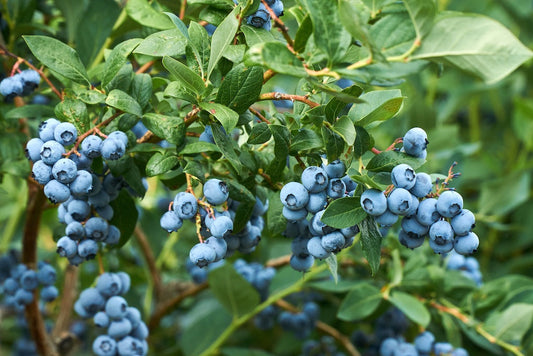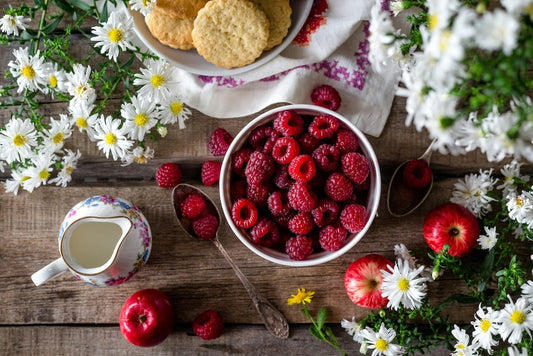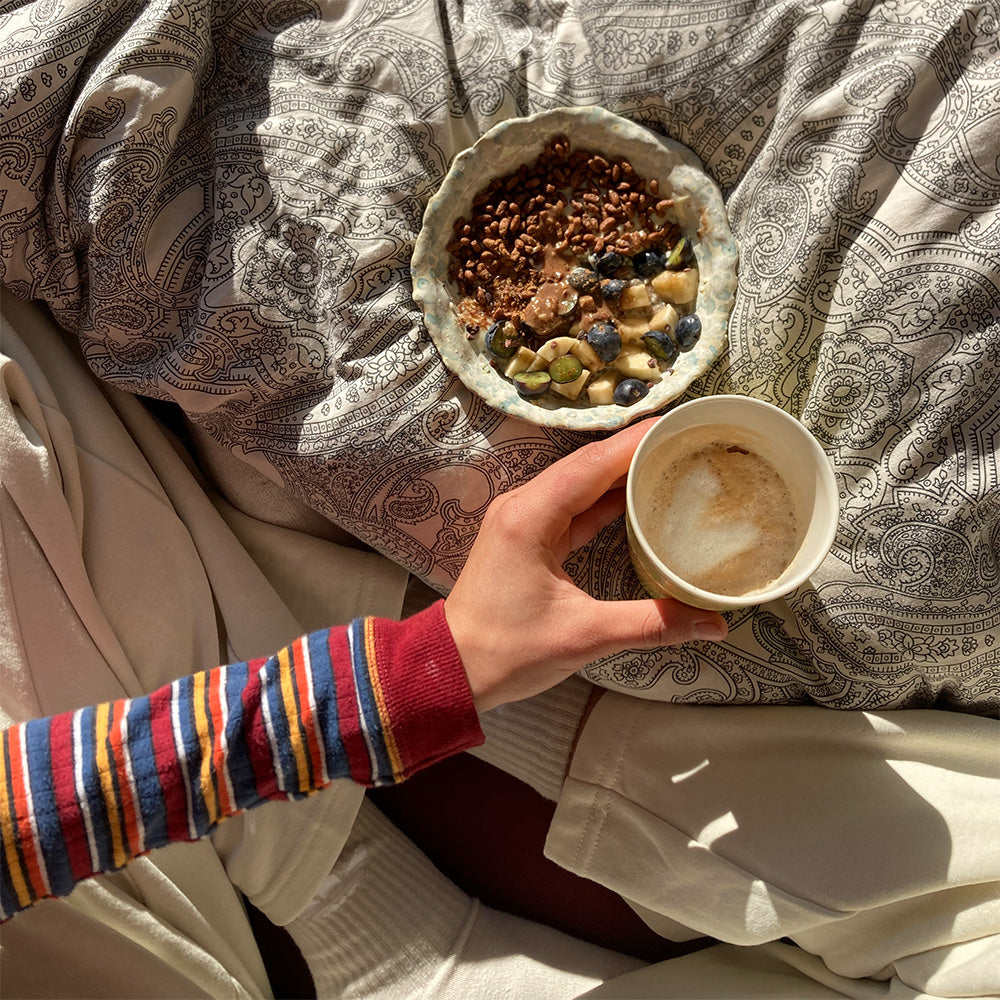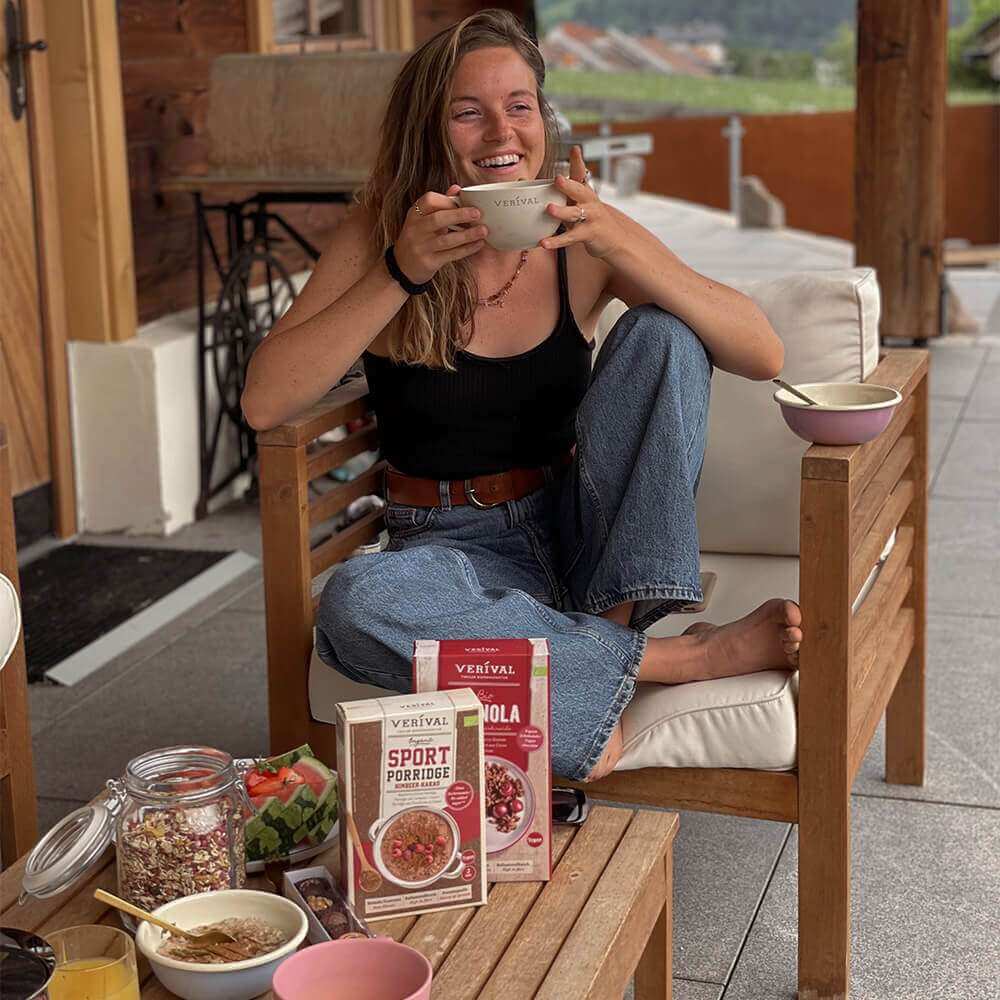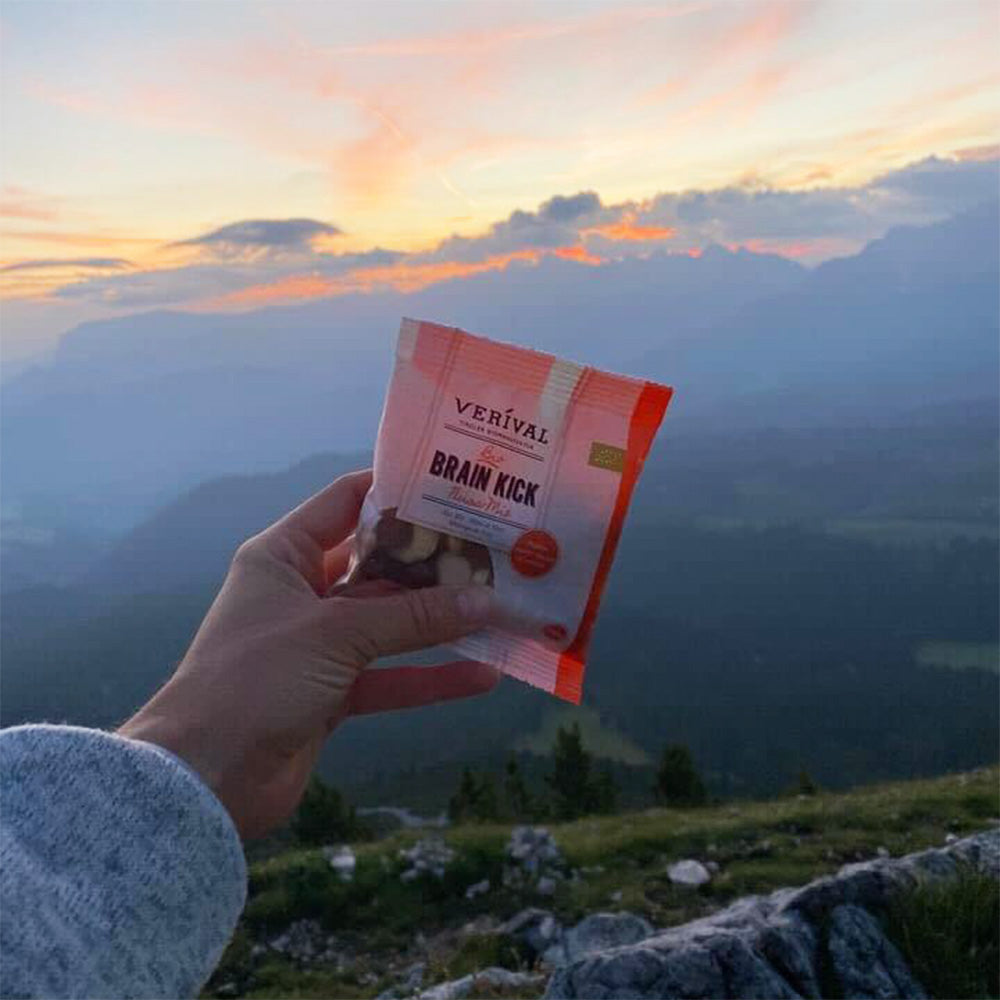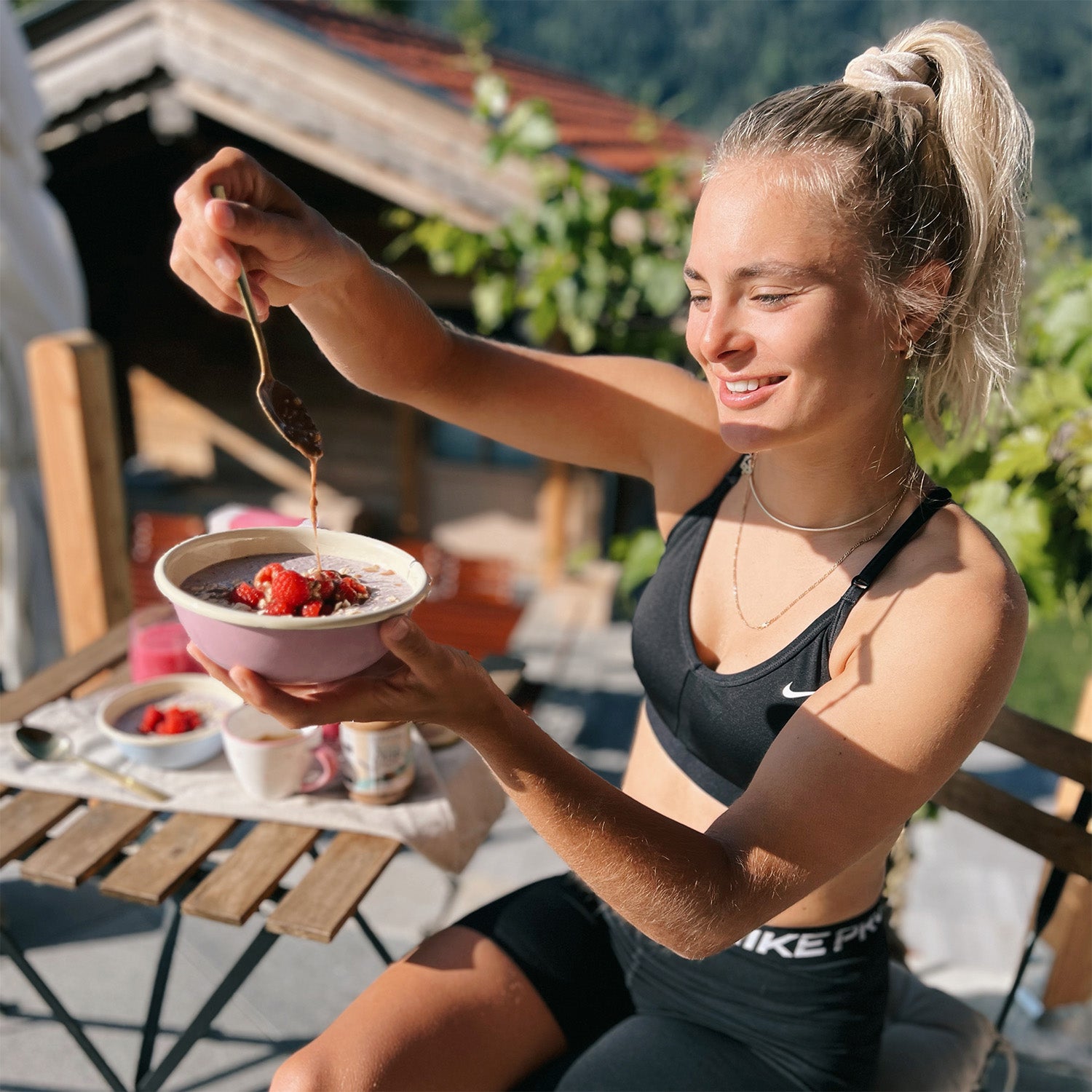Chocolate is undoubtedly one of the most popular desserts in the world. But where does this sweet temptation actually come from? In this blog post, we travel to the tropical rainforests of Central and South America, where the cocoa tree has its roots. We find out how the cocoa tree becomes chocolate and what makes cocoa so special.
Discover the variety of cocoa porridge from VERIVAL!
The origins of cocoa
Our journey begins in the tropical rainforests of Central and South America, the home of the cocoa tree (Theobroma Cacao). The cocoa tree has put down roots here for centuries. The Aztecs and Mayans revered cocoa as a gift from the gods and used it in their ceremonies. But it was the Spaniards who brought cocoa to Europe in the 16th century during their conquests of America, thereby triggering a revolution in the world of desserts.
The cocoa tree is an amazingly diverse plant. It grows in different varieties and species, which have different flavors and nuances. These varieties can develop very different flavor profiles depending on the region. Each variety tells its own story and contributes to the distinctiveness of cocoa.
Cocoa plant – how cocoa grows
The cocoa plant belongs to the genus Theobroma, which translates as “food of the gods”. The term also reflects the reverence in which cocoa was held by the Mayans, Aztecs and Incas, who even used it as a form of currency. The genus Theobroma comprises around 20 species of small trees and evergreen shrubs that are native to Latin America.
The plant grows exclusively in the undergrowth of tropical rainforests. The cocoa tree prefers a warm, humid and semi-shaded location and is therefore particularly at home in tropical countries such as the Ivory Coast, Ghana, Ecuador, Cameroon and Indonesia. The cocoa plant prefers a constant temperature of 25 degrees and does not tolerate temperature fluctuations, which is why cultivation in Europe tends to be difficult. Overall, the cocoa tree can live for up to 100 years on average.
This is what a cocoa plant looks like
The cocoa plant has yellow-green leaves that are about 10-40 cm in size and can grow between 10 and 15 meters high under natural conditions. The cocoa plant grows upwards in tiers. The flowers of the cocoa tree grow directly on the trunk and are small and yellow. In the wild, these flowers are pollinated by tiny midges and flies, and only a few of them develop into cocoa pods. In this part of the world, however, the cocoa tree has to be pollinated with a paintbrush, as the small insects are not native to our region.
When the cocoa tree bears fruit, elongated yellowish pods develop, containing the valuable cocoa beans. When ripe, the cocoa fruits turn brown and become pointed. The cocoa beans are the seeds of the fruit. The seeds are surrounded by a rather slimy fruit pulp. The white fruit flesh is edible and is also popular in desserts.
To make the well-known cocoa powder from the cocoa beans, the beans are fermented, roasted and ground.
Cocoa cultivation in Africa
While cocoa has its roots in South America, today countries in West Africa such as Ghana and the Ivory Coast are the most important cocoa producers in the world. The cocoa trees thrive there magnificently, and cocoa is one of the most important export commodities. Ecuador, Cameroon and Indonesia are also important cocoa-growing countries for world trade.
Cocoa trees grow best in tropical regions where it is warm and humid. The temperature should be between 24°C and 28°C all year round. The high humidity in such areas is also important to support the cocoa tree. Harvests are particularly abundant when the trees grow in the shade and receive sufficient water throughout the year. Harvest time is usually between September and October, but it depends on the region where the trees are located.
However, cocoa farming also has its downsides and is often criticized for child labor, deforestation and low wages.
The cocoa fruit's journey from the cocoa tree to chocolate
The production of chocolate is a complex process that includes the following steps:
1. Harvesting and fermentation of the cocoa fruit
The first step in the cocoa fruit's journey from the cocoa tree to the chocolate begins with the harvest, which is usually done by hand. Farmers use knives or machetes to carefully cut the fruit from the trees. Special care is needed to prevent the cocoa beans from being damaged.
The beans are extracted from the fruit pulp and then washed and fermented. Fermentation takes about a week and is responsible for developing the beans' characteristic flavors.
2. Drying and roasting the cocoa beans
The next step is to dry the beans to preserve them. Traditionally, the power of the sun is used for this. If this is not possible, for example because the climate is too humid, special drying ovens are used. This is followed by roasting, a crucial step in allowing the cocoa to develop its full flavor. At the same time, this process removes unwanted flavors.
3. The grinding process
The roasted beans are then ground. This releases the cocoa butter, which is pressed out of the cocoa mass. What remains is a low-fat block of cocoa.
4. Conching
To turn the cocoa mass into chocolate, it is gently heated and constantly stirred. Various ingredients are added, such as cocoa butter, sugar or milk powder, so that different types of chocolate can be created. Conching is responsible for the creamy consistency of the chocolate.
5. Forming and packaging
Finally, the liquid chocolate mass is shaped into the desired form, from pralines to bars to chocolate figures. In the last step, our favorite chocolate products are packaged and then delivered to supermarkets and the like for sale.
The diversity of different cocoa varieties
The world of cocoa is as diverse as the countries in which it is grown. Cacao trees are highly adaptable and have developed unique flavor profiles in different regions of the world over the centuries. This results in a wide range of chocolate flavors. For example, cacao varieties from Ecuador are characterized by floral and fruity flavors, while Mexican cacao has a slightly spicy or earthy note.
It is thanks to this regional diversity that chocolate is available in a range of flavors, from mild and fruity to intense and spicy. In addition to its diverse flavors, cocoa is also a superfood because of its ingredients. It is rich in antioxidants and contains theobromine. Antioxidants offer protection against harmful free radicals, while theobromine, which is structurally related to caffeine, has a stimulating effect.
Cocoa and Verival
At Verival, we also use the fascinating flavors of cocoa to create delicious taste experiences for breakfast fans. Our chocolate porridges, such as our sports porridge cocoa-banana, and our sour cherry-cocoa oat porridge, are particularly popular.
Organic porridge from Verival – try it now!
But cocoa is also a popular ingredient for sweet recipes other than Verival breakfast creations, such as muesli bars with chocolate banana porridge.
Frequently asked questions
Where do cocoa trees grow?
Cocoa trees grow in tropical rainforests. Today, the most important cocoa-growing countries include Ghana, Ivory Coast, Ecuador, Cameroon and Indonesia.
How does cocoa bean become chocolate?
The journey from cocoa tree to chocolate is complex and involves several steps. After harvesting, the cocoa beans are fermented. They are then dried and roasted before the cocoa is ground. Ingredients such as sugar, milk powder and cocoa butter are added to the cocoa mass during the conching process, and the chocolate is created. Finally, it is poured into the desired mold.
Where do cocoa plants grow?
The cocoa plant originally comes from Latin America and the Amazon region. Today, the main growing countries are the Ivory Coast and Ghana. The cocoa tree prefers warm and humid climates.
How long does it take for a cocoa tree to bear fruit?
It takes about 4 years for the cocoa tree to bear fruit for the first time. The flowers that are on the trunk become fruits after pollination, and these fruits contain the valuable cocoa beans.
Can you grow cocoa yourself?
Yes, you can grow cocoa yourself. However, the cocoa tree needs a warm, humid and semi-shaded location and can therefore almost only be grown in greenhouses or in a suitable plant room that has a minimum temperature of 20-25 degrees (even at night).
Is cocoa a plant?
Cocoa powder and products made from cocoa powder, such as chocolate, come from the seeds of the cocoa fruit. The cocoa fruit grows on the cocoa tree, which is particularly common in Latin America, Ghana and Ivory Coast. The cocoa tree is also scientifically called Theobroma cacao.



